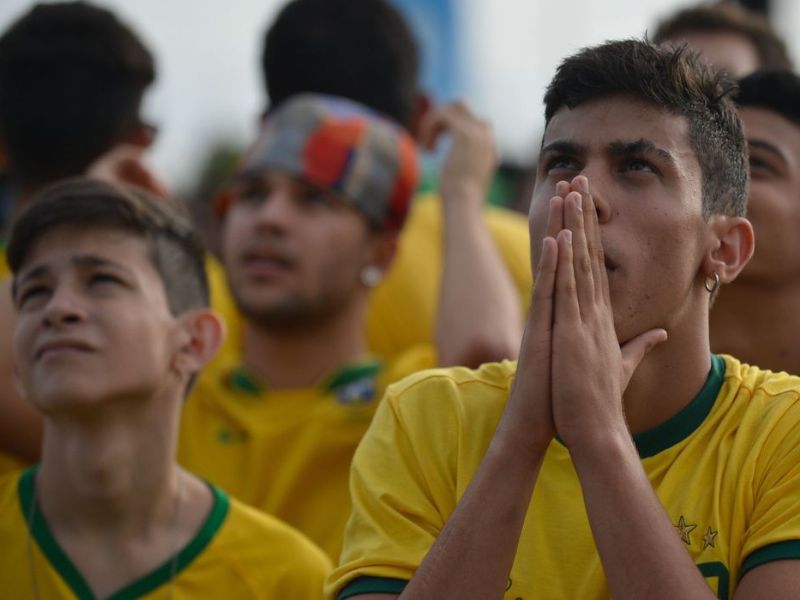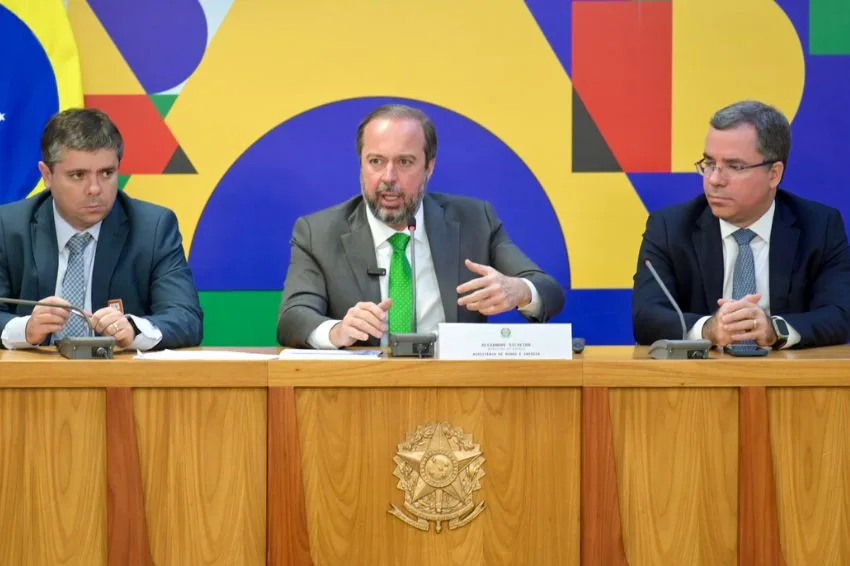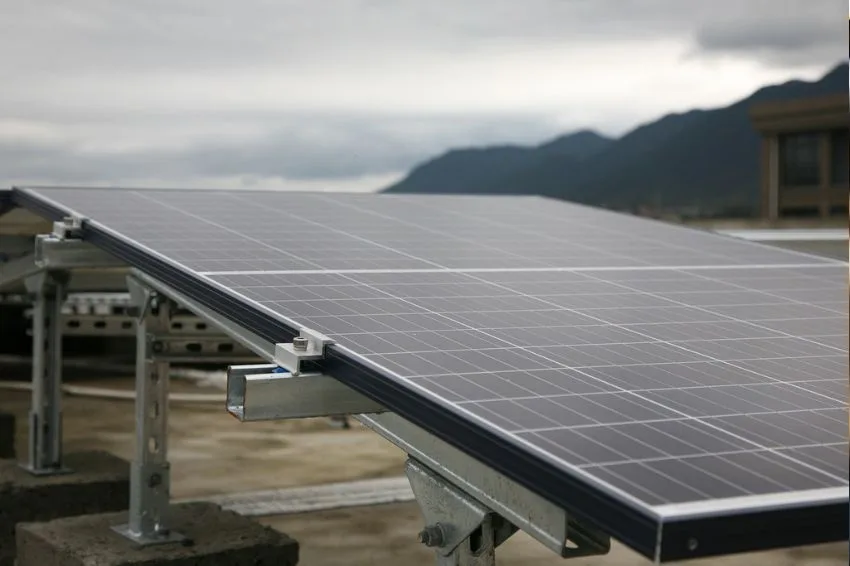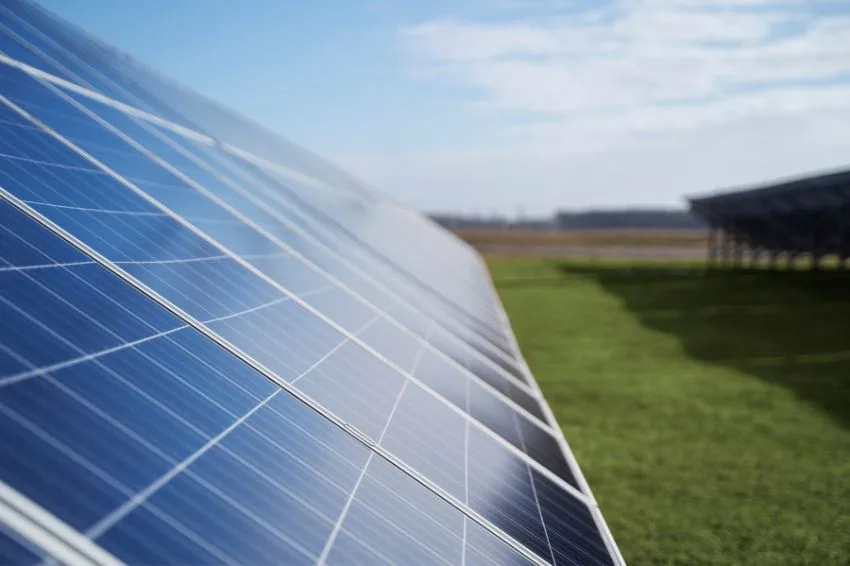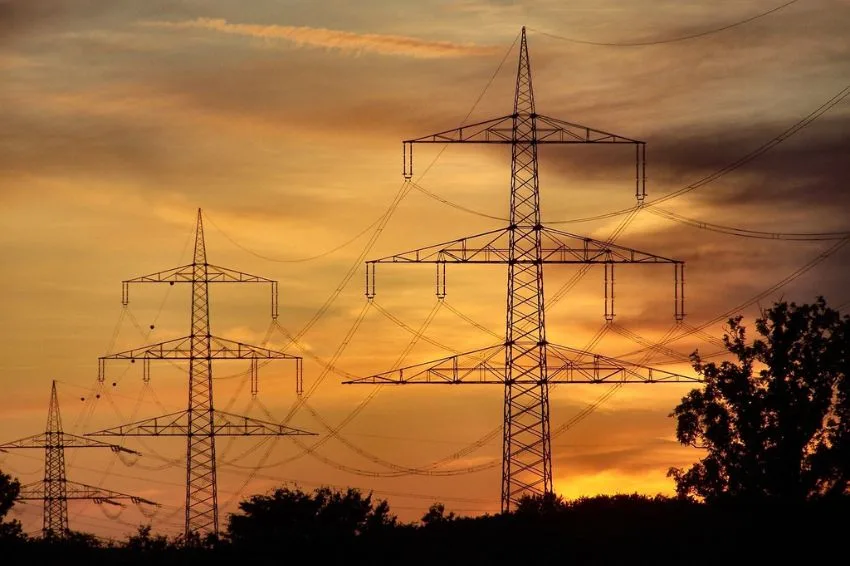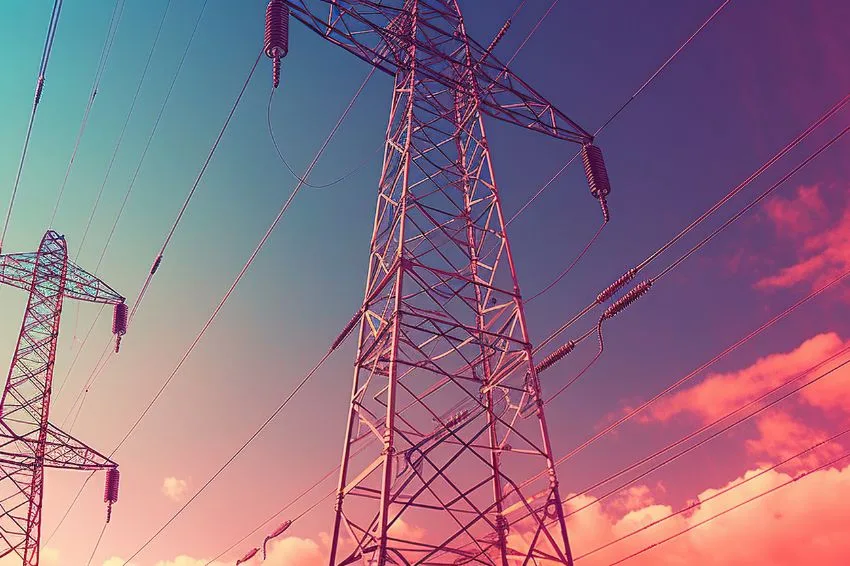Hexa's dream, once again, was postponed until Brazilian Team , after the team of players led by coach Tite was eliminated from the World Cup, on penalties, by Croatia, last Friday (09).
In total, they were five games played by Brazil in Qatar, three of them in the group stage of the competition and two others of an eliminatory nature: one for the round of 16 and the other for the quarterfinals – a game that culminated in the disqualification for the Croatians.
As is already common in the National Team's World Cup games, once again, there was a large national mobilization by the population to follow the matches on television, whether in the comfort of their homes or in busier places, such as bars and restaurants.
With the aim of monitoring the load behavior of the YES (National Interconnected System) on the days of the Brazilian games, the ONS (National Electric System Operator) released specific bulletins shortly after the matches with data on the electricity consumption in the country during matches.
The regulatory body's conclusion was that the country registered a drastic reduction in the load in all of the Seleção’s games, due to the fact that Most professionals were released from their activities business and laboratory to watch the matches.
In other words, despite the increase in televisions turned on during matches, the volume of load reduced because companies of all possible sizes stopped generating electricity with the absence of lights, computers and air conditioning turned on during game times.
Game by game
In the debut against Serbia, on the afternoon of November 24th, energy consumption in Brazil registered a reduction of 7,300 MW between 2:20 pm and the end of the game, which started at 4:00 pm and ended around 6:00 pm. The load is equivalent to 10% used on a typical day, in the same time range.
In the second game, against Switzerland, on November 28th, the reduction in SIN load was almost 9,000 MW – a value 12% lower than usual. According to the ONS, the volume of energy in operation in the country fell from 71,700 MW to 65,000 MW between 11 am (two hours before the start of the match) and the end of the game (2:45 pm).
In the match against Cameroon, on December 2nd, the load volume showed a reduction of 8,000 MW, falling from 78,000 MW to 70,000 MW between 2:30 pm and the end of the game, around 5:45 pm. The duel against the African team started at 4pm.
In the Seleção's first knockout game, in the round of 16, against South Korea, on December 5th, the reduction observed by the ONS was slightly higher than that of the game against Cameroon, with a drop of more than 8,000 MW from 2:15 pm to 5:45 pm. The game started at 4pm.
Finally, Brazil's last match at the World Cup in Qatar, against Croatia, recorded a reduction in load from 74,800 MW to 67,500 MW between 10:30 am (one and a half hours before the game) and 2:45 pm (end of normal time).
During the extra time and penalty shootout, an increase in load of around 2,000 MW was observed, jumping to 69,500 MW. According to the ONS, one hour after the end of the game and Brazil's elimination, the value of the load on the SIN was already greater than 80,000 MW.


